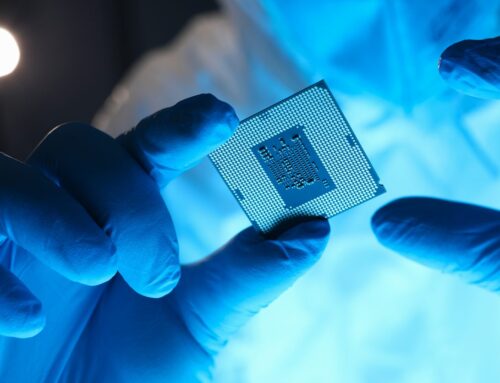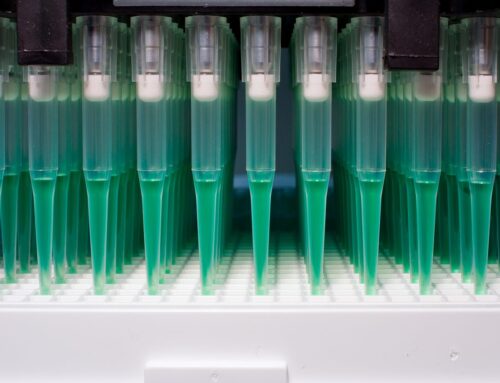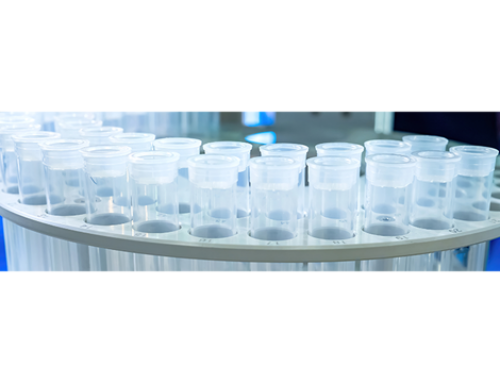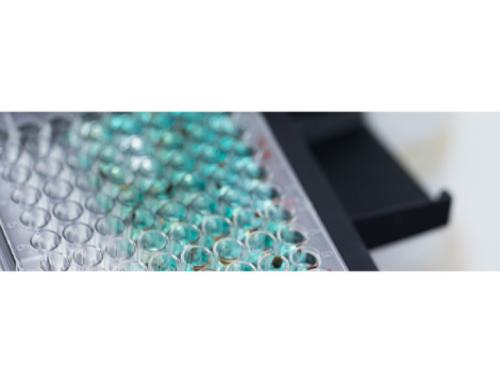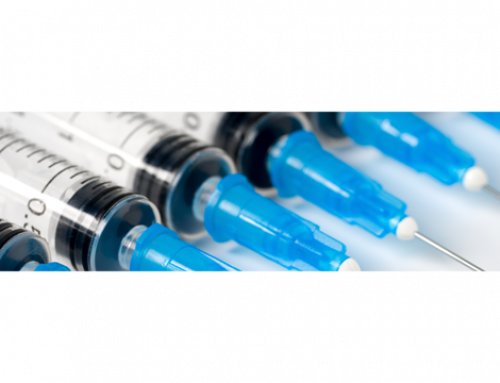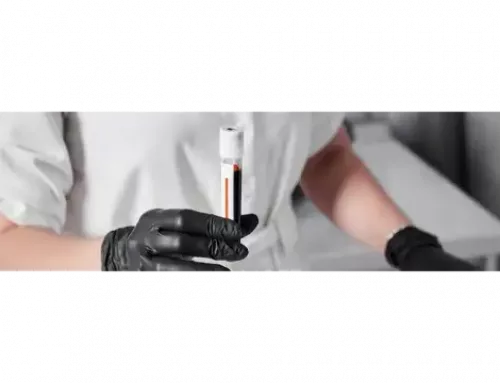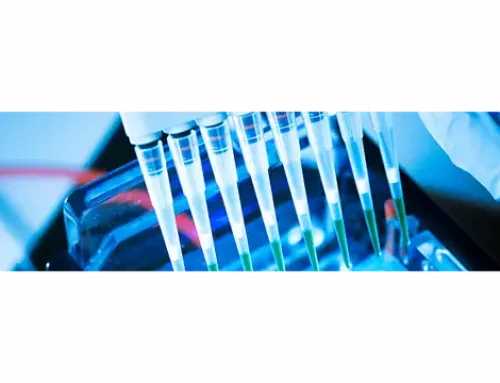Our environment is ever-shifting. For all of human history, changes in the environment have influenced how we have lived, from the places we live in to the food we eat to our physical health. Looking at the news cycle, it might seem as though good news about the environment is hard to come by—but there is always more to the story than doom and gloom, thanks to the tireless work of scientific experts and institutions around the world.
Much of the hope we have to create a better and more sustainable world we owe to advances in environmental monitoring that empower us to see where we can make a difference and how—namely, advances in the use of microfluidic lab-on-a-chip platforms for environmental monitoring.
The Advantages of Lab-On-a-Chip Environmental Monitoring Technology
Why are microfluidic lab-on-a-chip platforms proving so instrumental for monitoring environmental health? To answer that question, we have to take a look at what makes a microfluidic device tick.
For the uninitiated, microfluidic devices, often known as lab-on-a-chip (LOC) devices, use the principles of microfluidics—the physics and behavior of extremely tiny amounts of fluid—and micro-scale components such as valves, pumps, channels, and sensors to pack an entire laboratory’s worth of diagnostic tools into a device so small that you can often hold it in your hand.
The advanced technology underlying microfluidic devices provides a host of benefits for environmental monitoring in particular, such as:
Reduced Sample Volumes and Reagent Consumption
The small size of microfluidic components get the most insight out of very small amounts of samples. Due to their size, their analytical processes also require smaller volumes or reagents, saving on the amount of resources needed, the costs of performing analysis, and the waste generated. All this contributes to a much lower environmental impact compared to traditional laboratory tools and techniques!
High Sensitivity, Precision, and Control
Microfluidic technology enables precise control over fluid flow, mixing, and reactions and can detect low concentrations of pollutants in environmental samples, obtaining accurate, reliable, and reproducible results.
Rapid Analysis and Multiplexing
Monitoring environmental health with microfluidic lab-on-a-chip devices provides real-time or near-real-time results. Complex microfluidic chip designs can also enable environmental monitoring systems to simultaneously analyze multiple parameters in a single sample—a practice called multiplexing.
Thanks to rapid analysis and multiplexing, microfluidic devices can dramatically improve throughput, efficiency, and cost-effectiveness in environmental monitoring.
Miniaturization and Portability
The tiny size of functional lab-on-a-chip components allows portable, handheld devices to fulfill the role of bulky lab equipment, allowing on-site environmental monitoring that comes especially in handy in emergency response situations and in resource-limited settings.
Automation for Remote Monitoring
As microfluidics evolves, lab-on-a-chip systems are poised to incorporate more and more automation techniques. The precise fluid manipulation techniques employed in microfluidic chips can be automated or controlled by AI to run without human intervention, reducing the risk of human error and improving reproducibility.
Automated microfluidic environmental monitoring systems can provide continuous, long-term monitoring of environmental conditions in remote or inaccessible locations (such as polar regions, isolated islands or atolls, glaciers or glacial lakes, wildlife reserves, or exclusion zones) that could provide otherwise overlooked insights into environmental health.
Exploring Applications of Microfluidics in Environmental Monitoring Systems
From analyzing the quality of water sources to detecting airborne pollutants to analyzing the nutritional content of soil and agricultural runoff, microfluidic lab-on-chip devices play an increasingly pivotal role in enabling easy, near-term analysis of essential environmental factors to help us create a better, healthier, more sustainable world.
Thanks to environmental monitoring, we can see where problem areas are in our environment, gain insight into what problems need solving and how to solve them, and observe the effects of our efforts to improve the health of our precious biosphere.
Today, microfluidic devices offer a vast array of applications for portable, efficient, and automated environmental monitoring systems, such as:
Water Quality Analysis
Ensuring that the water we drink, bathe in, and water our crops with is essential to maintaining the health of our environment. Industries whose practices pose a risk to water quality rely heavily on water quality analysis to prevent potentially dangerous contaminants from affecting our water supply.
Microfluidic devices can detect the presence of heavy metals, toxins, and contaminants such as pesticides in small samples of water from rivers, lakes, and groundwater sources. With the right microfluidic environmental technology, researchers can keep an eye on critical benchmarks for water quality, such as pH levels and levels of dissolved oxygen and nutrients in the water.
Air Quality Monitoring
When COVID lockdowns led to marked decreases in emissions from vehicles, the pandemic shined a spotlight on the importance of air quality—both indoor and outdoor—to human and environmental health.
Microfluidic devices can monitor the presence of particulate matter, volatile organic compounds, and gases in the air, providing real-time analysis of indoor and outdoor air quality and insights into what can be done to improve air quality in urban and industrial areas.
Soil and Sediment Analysis
The crops that feed us and the forests and fields that sustain our ecosystem are fed by healthy, nutritious soil in turn. Healthy soil means more productive agricultural practices, better water quality, and more resilient ecosystems.
Microfluidic devices can determine soil composition, nutrient levels, and the presence of pollutants in soil and sediment samples to provide insights into preventing soil erosion, managing contaminated soil, and developing sustainable land use practices.
Pathogen Detection
Changes in weather patterns can bring with them increased potential for disease outbreaks. Using microfluidic environmental monitoring systems, researchers can safeguard public health by detecting and rapidly identifying harmful pathogens and microorganisms in water or air before they become a threat.
Studying Microbial Ecology
Microbial communities are essential for the nutrient cycling, carbon sequestration, and waste breakdown processes that keep our ecosystem functioning and stable. Microfluidic lab-on-a-chip platforms for environmental monitoring help researchers understand the impact of pollutants on microbial communities.
Monitoring Nutrient Levels
Microfluidic devices can take small samples of agricultural runoff and water from nearby rivers, lakes, and ponds and detect the presence of excess nutrient levels, such as nitrogen or phosphorus, that could cause eutrophication or harmful algal blooms.
With the help of microfluidic environmental monitoring technology, agricultural researchers can also develop strategies to optimize nutrient delivery to their crops in hydroponics and aquaponics systems.
Detecting and Quantifying Microplastics
Microplastics in our environment are a hot-button issue today, posing potential risks especially to aquatic life. Microfluidic environmental monitoring systems can detect and quantify microplastics in water and soil samples, helping researchers characterize their sources and develop strategies to reduce their impact and remove them from the biosphere.
Studying Climate Change
By analyzing greenhouse gas concentrations in air and water samples, microfluidic devices play a key role in monitoring environmental indicators of climate change and gauging our efforts to sequester carbon-bearing waste from our environment.
Oceanography and Marine Monitoring
Marine ecosystems are especially sensitive to changes in nutrient levels, pH, and dissolved gases like oxygen and carbon dioxide. Microfluidics aid in monitoring these levels and assessing the health of our oceans, helping us understand, mitigate, or prevent coral reef bleaching, acidification, and algal blooms that threaten marine life.
Let’s Build Your Microfluidic Lab-On-a-Chip Platforms for Environmental Monitoring
Microfluidic environmental monitoring technology provides efficient, sensitive, and versatile tools for assessing and responding to environmental changes, giving environmental scientists and organizations the ability to direct their research efforts toward solving problems, reducing pollution, and improving human health and the health of our rich biosphere.
It’s not easy to solve environmental challenges. It’s not easy to build a new lab-on-a-chip device for monitoring environmental health, either, and that’s where Vantiva Precision BioDevices comes in.
As strategic partners in microfluidic chip design and manufacturing, we’re here to help innovators with bold new ideas for LOC devices become trailblazers by de-risking the microfluidic device production process. We unlock cost-effective and sustainable manufacturing, shipping, and logistics at any scale, from low-volume to high-volume production, and provide peerless engineering expertise to bring ideas for new LOC products to life, from design to prototyping to production.
Ready to build a new LOC product for environmental monitoring systems and do your part for the earth? Let’s talk about how we can help your design make its mark on the field.

